North Face
This is the North Face logo. We’ll come back to it.
Long flight
I came home from Africa for the first time on an eight-hour Pan Am Dakar-to-NYC flight the last day of January, 1976, emaciated, an emotional wreck, full of worms and amœbae, quietly freaking out at all the white people everywhere. After we landed, as the plane was taxiing to the terminal, I saw a sign beside the runway that said OOTAY, with an arrow pointing right. A little while later there was another sign with an arrow, this one said EENAY, the arrow pointing left. I had no idea what either sign meant. Only, they were written as “outer” and “inner” and it took me at least a whole minute to realize that I was home and that at JFK Airport the signs were in English, not French.
Got to the Port Authority somehow and caught a bus to Little Falls. My mother was stunned when I called from the pay phone near Frank’s Bakery and asked if she could come pick me up. I hadn’t seen her in two years and I hadn’t told her, or anyone else, that I was coming. Or that I weighed thirty pounds less than I did the last time I had been in New Jersey, when I was already pretty thin. When my mother saw me, she cried.
After being home for a few hours I found my ice skates, borrowed the car and drove over to Walker’s Pond and skated for a while all by myself. Although there was nobody else at the pond on that freezing cold morning the PA was working and the Platters were singing Smoke gets in your eyes.
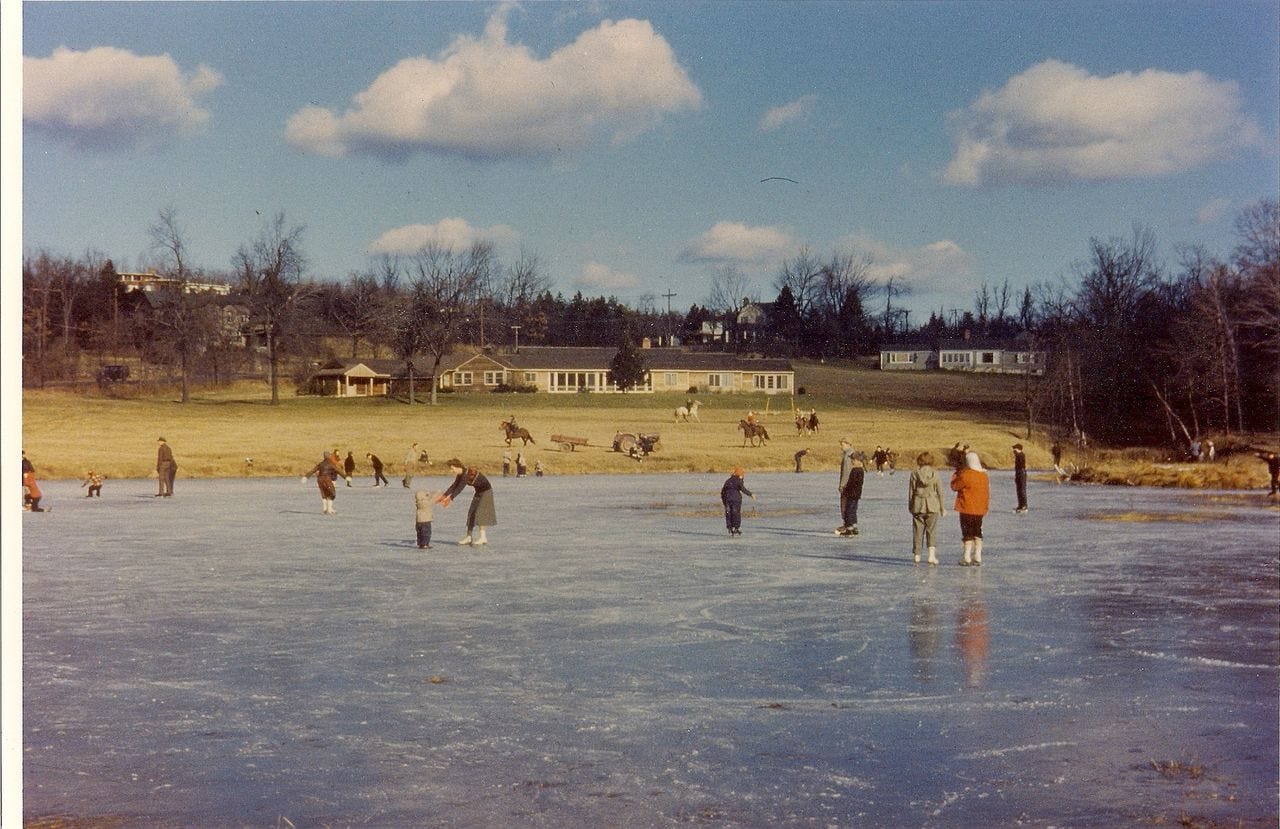
Sun rises in the east
January 28th, 1986. I had been a technical writer in the computer biz for just under six years when I got on an airplane from Boston to San Francisco for my first-ever trip to California. I had been at my job at Sun Microsystems’ new east coast outpost for a week or two when my boss told me to prepare to head out to the mother ship, Sun’s headquarters in Mountain View.
Sun Microsystems had not yet had its 4th birthday but was already laying claim to be the new king of Silicon Valley. Sun made a computer that they called a ‘workstation,’ which had a CPU built around the Motorola 68000 chip and ran a version of Berkley UNIX (also known as ‘BSD’), and they were giving fits to well established companies like IBM and DEC and Data General.
Before getting the job at Sun I had been working at Massachusetts Computer Corporation, MASSCOMP, another company that made workstations that ran a doctored version of BSD on 68K-based CPUs. I wasn’t sure MASSCOMP was going to survive. When Sun advertised for a technical writer at their Concord, MA beachhead I had my resume ready.
Chair City
My wife Betty had quit her job doing research on the structure and function of bacteriophage tail fibers in a molecular biology lab at Tufts University Medical School in Boston when it became clear that our son Jake’s health issues, on top of the usual stuff that comes with having two kids under four years old, required one or the other of us to be a full time parent. She liked her job more than I did mine, but I made more money.
We lived in Gardner, MA, then; Chair City. Our daughter was 5 and Jakob was 3. There was much stress in our lives. We’ll come back to this some other time.
Night flight to a strange land
The plane to California left Logan at 9PM and arrived at SFO midnight local time. I got my bag, made my way to the car rental desk. It was nearly 1 AM local time, 4 AM my time, by the time I pulled onto 101 South. It was foggy. I was excited and disoriented, almost in culture shock like when I returned from Senegal. Everything felt surreal. I had a map and some directions on the passenger seat. I switched on the radio: Heart, These Dreams.
Darkness on the edge, shadows where I stand (Shadows where I stand) I search for the time on a watch with no hands I want to see you clearly, come closer than this (All that I remember) But all I remember are the dreams in the mist
Got to the hotel somewhere on El Camino nearly 2AM local time. Went to my room and switched on the TV. Every channel was playing on endless loop the video of the Challenger space shuttle blowing up.
I had no idea that nearly 140 round trips between Massachusetts and Silicon Valley lay in my future.
Highland Park
By the time summer of 1976 rolled around I was four months home from Africa and had gotten rid of my intestinal parasites and regained some weight. I had been admitted to a graduate program in horticulture at Rutgers University and that summer I was staying with my college roommate Dave and some friends of his in a house in Highland Park, NJ, just across the Raritan River from the Rutgers campus, where they were all attending medical school. I took a two-semester course in organic chemistry that summer, prerequisite for the horticulture program. Worked through almost all of Morrison & Boyd in two and a half months.
One day, while walking on the Albany Street bridge over the river on my way to class, I saw some colored acrylic tiles on the ground. I picked them up and when I got home I put them on my dresser. The next day, walking home on the opposite side of the same bridge I came upon some paint sample strips lying on the ground. I took them to my room and put them on my dresser. A few days later, same bridge, I came upon some small colored ceramic squares. I put them on my dresser too. I often looked at these things and wondered what they were trying to tell me.
When it came time to sign the papers for the loan I would need to pay for graduate school I changed my mind. I was on the front porch with my friend Dave. The weather was glorious. I tore the loan papers up.
Me: I can't do it. It's too much money. I'm not going. Dave: Then what are you going to do? Me: I don't know. The spirit of the universe will guide my path.
I just said that last bit to annoy Dave. At the time I was reading books like The Tao of Physics full of New Age mysticism and that woo-woo shit drove him crazy.
I went to my room and fished out of the wastebasket the newsletter for returned Peace Corps Volunteers that I had tossed there earlier that day. On the back page there was a notice about a graduate program in agricultural economics at Purdue. They were offering stipends — full tuition plus living expenses — to study agricultural development in the Senegal River Valley, and were looking for candidates familiar with the region, preferably those who knew Wolof or Pulaar. I said to Dave, Looks like the universe wants me to go to Purdue.


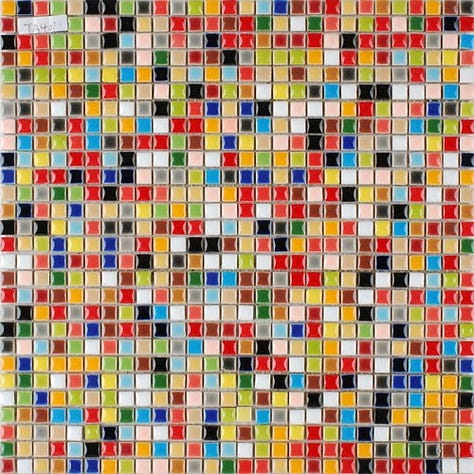
Sometime later that summer I called my friend Mike to say hi. He wasn’t there but his brother Bob was. I hadn’t spoken with Bob in years, since before I went to Africa. I said, “Hey Bob, tell me something I don’t know.” Bob said, “Colors, John. Colors speak to us. But all they’re telling us is their color.” I thanked him and said goodbye. I didn’t tell Dave.
Data General
By December 1979 Betty and I had moved on from Purdue. We were living in North Carolina. She was working in a medical school research lab and I was working on a construction crew. We were not happy there. We decided to move to Boston and came up with a plan: Betty would get a job in a world-class molecular biology lab and I would get a high paying job working for a computer company. So that’s what we did. I had no qualifications for a high paying job at a computer company but I got one anyway. I guess the universe was guiding my path.
You have of course read Tracy Kidder’s The Soul of A New Machine about Tom West and Data General’s MV 8000 computer, code name Eagle. That was the first project I worked on in my illustrious 30+ year high tech career: preparing some of the MV-8000 manuals for publication. Work that could have been done by any reasonably smart eighth grader.
Tom died in 2011, and I published Remembering Tom West, the Original Geek Rock Star on my blog Wetmachine. Here’s an excerpt, but you should go read the whole thing. Tom West is important.
Although I can’t claim to have been great friends with Tom — I don’t know if he would even have remembered my name — he made a deep impression on me. When I wrote the novella Cheap Complex Devices in 2003 — about twenty years since I had worked with Tom West at Data General — a quirky, brilliant and (I think) extremely funny character named Tom Best showed up all through it. I can’t take much credit for Tom Best’s funny lines, however, since I stole most of them from Tom W.
Cosmic Radio
When I eventually did catch up with Mike I told him about the colors on the bridge and what Bob had said about them. Mike said, “That’s wrong. There are TV waves going through you right now. You’re not aware of them because you don’t have a receiver that can pick them up, but you know that they’re there and you don’t think they’re speaking to you, do you? That would be nuts. So, same thing. There’s a cosmic ‘color’ channel on some other kind of astral frequency and you just happen to have the hardware that can pick it up. It doesn’t mean the colors are speaking to you.”
So what do you think? Do you like Bob’s New Age woo-woo explanation? Do you prefer Mike’s? Do you have some different woo-woo explanation of your own? Perhaps something to do with Bell’s inequality and the 2022 Nobel Prize in Physics and the non-locality of reality? Please leave me a comment to let me know you’ve read this far.
What do I think about the incident of the colors on the bridge, you ask? I don’t know. Just a funny coincidence, I guess. Or maybe the spirit of the universe was guiding my steps to find those things I found. If I figure it out I’ll let you know.
But here’s one thing I do know: when you specify a color to a printer who’s going to print something for you, you give the printer a Pantone number.
On that first trip to California I went to see a fellow named Carl, who was in charge of Sun’s marketing communications. He produced corporate guidelines on things like how to correctly use the Sun logo. I asked him what the Pantone number was for ‘Sun Purple,’ the color used in the logo. He told me there wasn’t one. Sun Purple, he informed me, was a the color of a Benjamin Moore house paint, number PV-137. Carl gave me a bunch of paint strips to take back to Massachusetts with me. First time I told a printer that I didn’t have a Pantone number but I wanted him to match the color on a paint strip from a hardware store he refused to believe me. Hey kept saying, “You’re shitting me, right?”
Sun became a big, successful company and Pantone eventually mixed up a formula for Sun Purple and added it to their book. I don’t know what the Pantone number was; that was a long time ago.
Walker’s Pond Revisited
Recently on Facebook I briefly reconnected with Chris Walker. He’s the little boy in the photo of the ice-covered pond who is being helped by his mother Carlee. The photo was provided by Chris’s sister Darcy. Before our recent reconnection I hadn’t communicated with Chris in about sixty years. So he provided me a three paragraph summary of his life over that period and I sent him an email giving a capsule summary of my most recent sixty years. My note included these paragraphs [slightly edited]:
Shortly after I got back from Africa in spring, 1976, at the insistence of my mother, who evidently had been talking to your mother, I called up Darcy (who I barely knew, frankly; I think maybe we had been in one class together at West Essex in 7th grade, and this was 10 years later). Darcy also had recently returned from Senegal. As I recall she had gone there to help a friend who was in some kind of difficult situation there, and she was still troubled by it. At least, that's how I remember what we talked about, but this was nearly fifty years ago, so, of course who knows. It could have been anything.
When I arrived at your parents' house I was greeted by Carlee & Darcy and offered a cup of tea. And so I drank a cup of tea sitting in a chair at the kitchen table while Darcy stood on the table wearing hand-knit socks with toes, her knees at my eye-level, and your mother measured her for a dress she was altering. And they were both absolutely charming, and Darcy of course was gorgeous and bewitching and I developed an instant mad crush which has yet to subside although I haven't seen or communicated with her since, and will you please tell her I said so, with my earnest apology for the delay.
Chris never wrote back and I wonder if he thought I was serious about having carried a torch for his sister Darcy for almost fifty years(?). Clearly that was a joke, right?
Here’s a watercolor that was painted by Chris’s and Darcy’s mother, Carlee and given by her to my mother, Margaret McFall Sundman, Carlee’s friend. I inherited the painting from my parents. My wife has been asking me for years to retrieve it so I just went out to the cluttered shed where it resided & moved twenty old pieces of junk so I could get to the picture and bring it inside and clean it up and take a picture of it for this essay. Walker’s Pond, where I went skating alone, completely alone, to sounds of Smoke gets in your eyes.
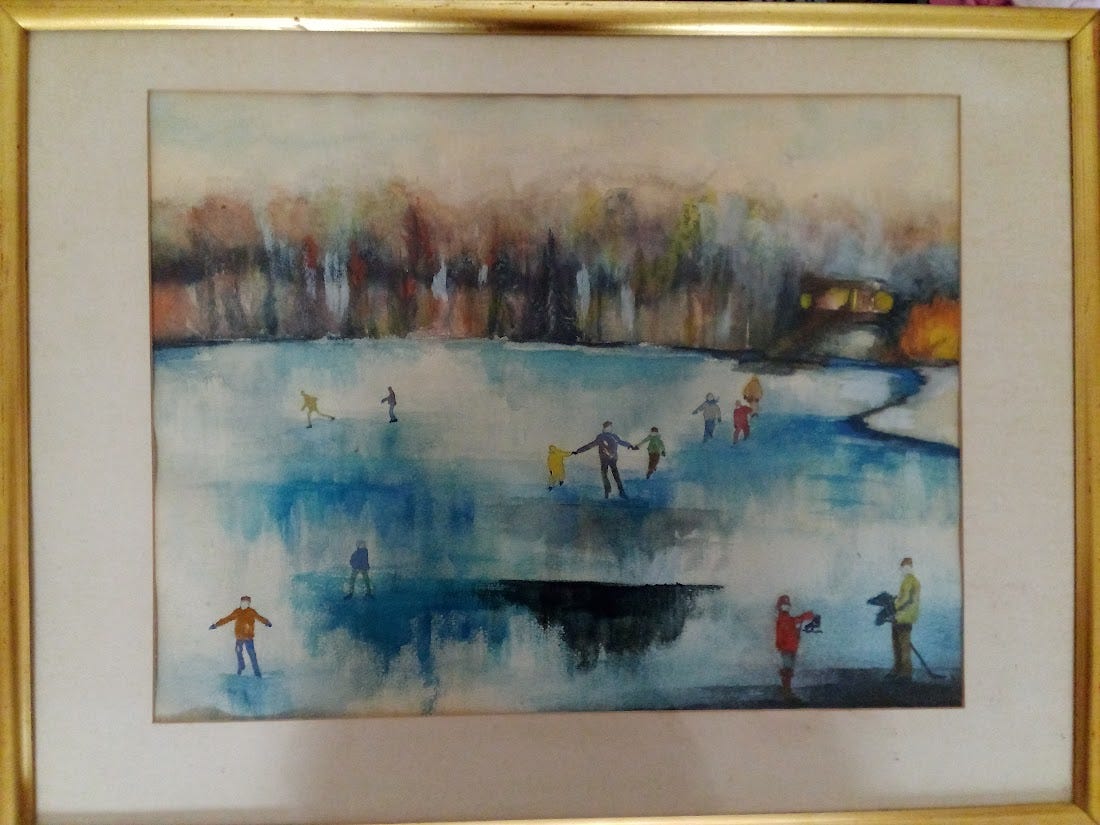
Are you on Tom West frequency?
A few months after Tom West passed away in May, 2011, I was walking up Main Street in Vineyard Haven and noticed this for the first time:
When I went by that hydrant just a few days later to to show it to my wife, the sticker was gone. I’ve never seen that Tom West logo anywhere else. Who designed it? Who put it there, and why? Was it put there just for me by a practical-joking spirit of the universe which guided my steps to see it? These things are mysteries. But as those Nobel Prize physicists said (and not just the woo-woo ones) everything is intertwingled. Everything ramifies.




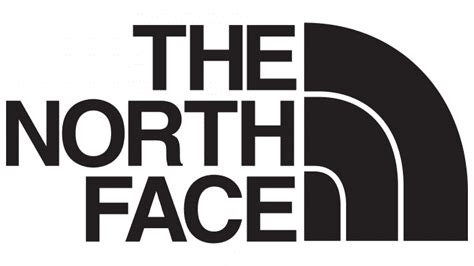

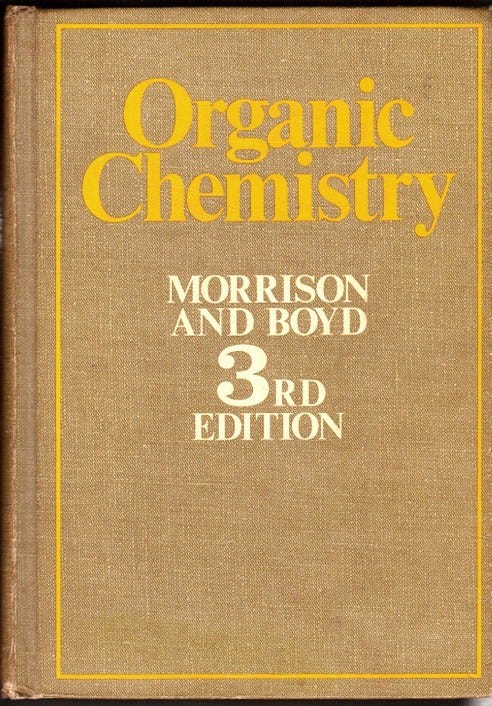
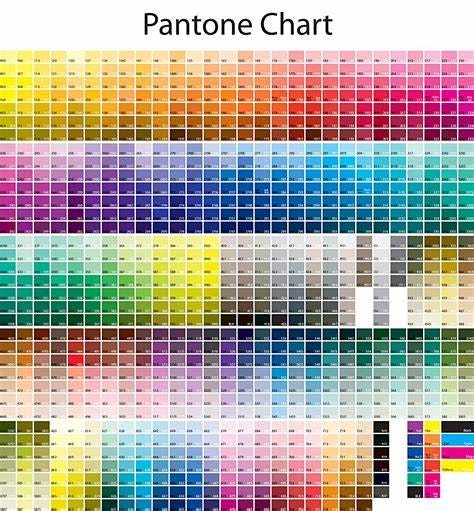
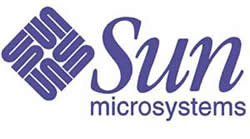

The woo-woo is in us. We're meaning-make machines. We can't ever help it. You happen to be real good at it, John, which is great for the rest of us.
+1, gotta say. Peak Sundman right here.